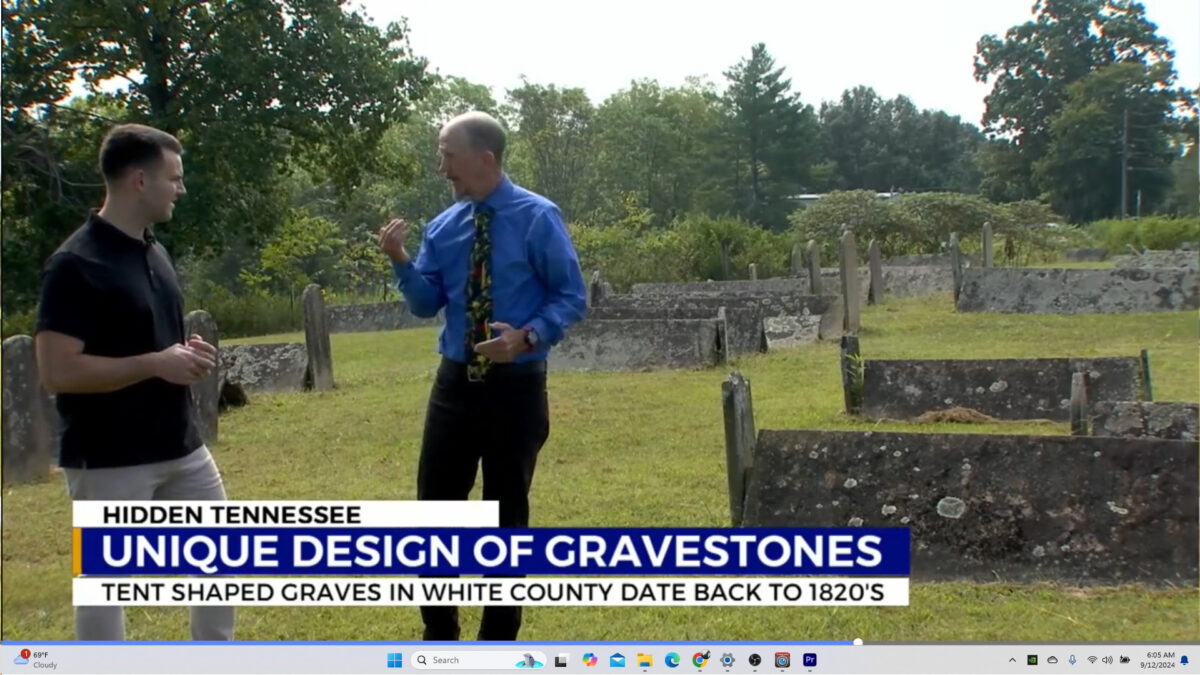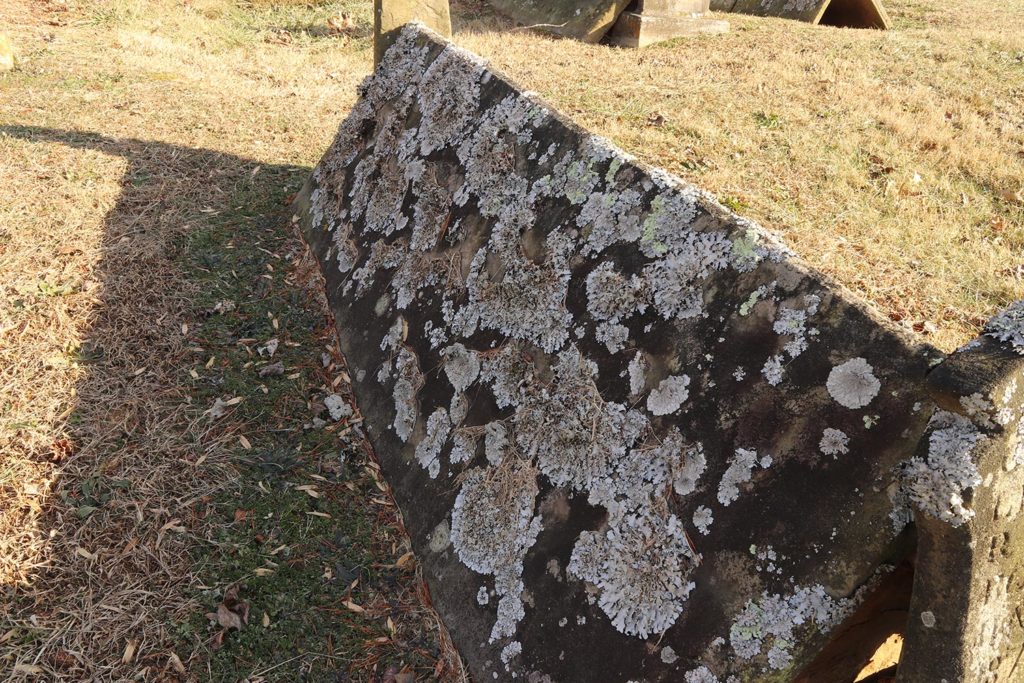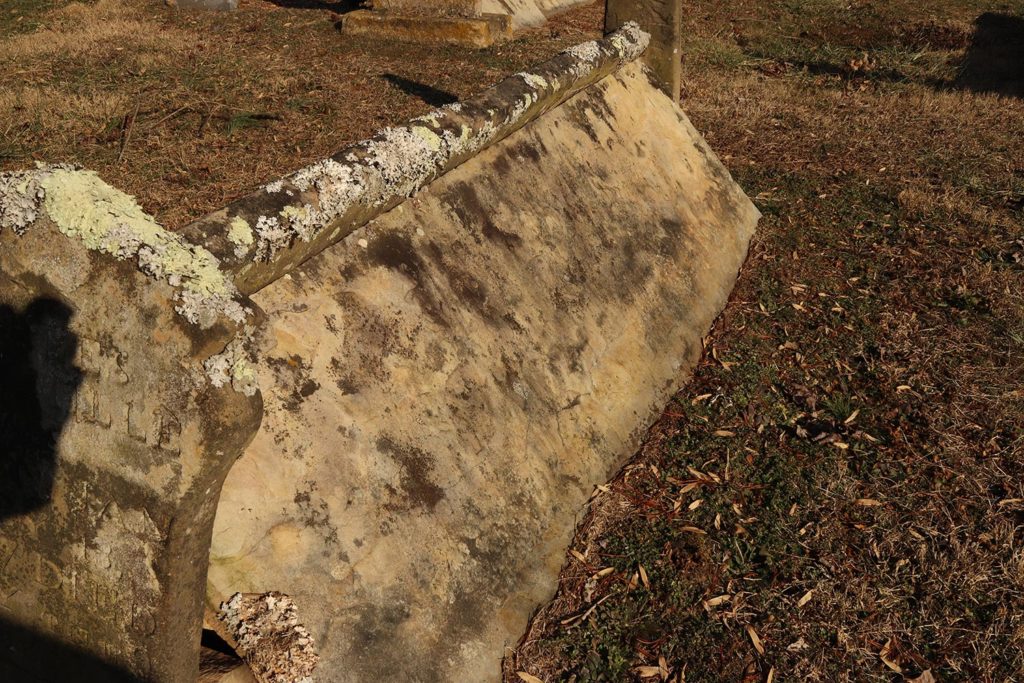Recently, I had the incredible opportunity to be interviewed by WKRN – Hidden Tennessee about my ongoing cemetery research, particularly my work with tent graves at Mt. Gillead Cemetery near Sparta, Tennessee. Tent graves, a unique burial tradition found in a few locations across the American South, have long fascinated historians, archaeologists, and cemetery enthusiasts alike.
What Are Tent Graves?
Tent graves, sometimes called ‘comb graves,’ are characterized by stone slabs laid in an A-frame over the burial site, resembling the shape of a tent. This practice was most common in the 19th century, and while there are varying theories about their purpose—ranging from protecting the grave to marking the status of the deceased—the exact origins remain somewhat mysterious. Mt. Gillead Cemetery, home to a significant number of these graves, serves as a key site for uncovering their historical significance.
Why Mt. Gillead Cemetery?
Mt. Gillead Cemetery, nestled in the hills near Sparta, Tennessee, offers a unique window into this burial practice. My research focuses on documenting the remaining tent graves and piecing together the stories of the individuals interred beneath them. Each stone, weathered by time and nature, holds a fragment of a story waiting to be told.
During my interview with WKRN, I shared the importance of preserving these sites and understanding their cultural significance. I explained how the tent grave tradition is a symbol of the connection between past generations and their final resting places—a practice that ties us to the people and times that shaped the region.
The Future of Cemetery Research
This interview was a wonderful opportunity to raise awareness about cemetery preservation, a cause close to my heart. By continuing to study unique burial practices like tent graves, we can gain insight into how people of the past approached death, memorialization, and community.
If you’re interested in learning more about my research, feel free to explore other posts on my blog or reach out directly. Together, we can work toward preserving the history that lies in our cemeteries, waiting to be rediscovered.




